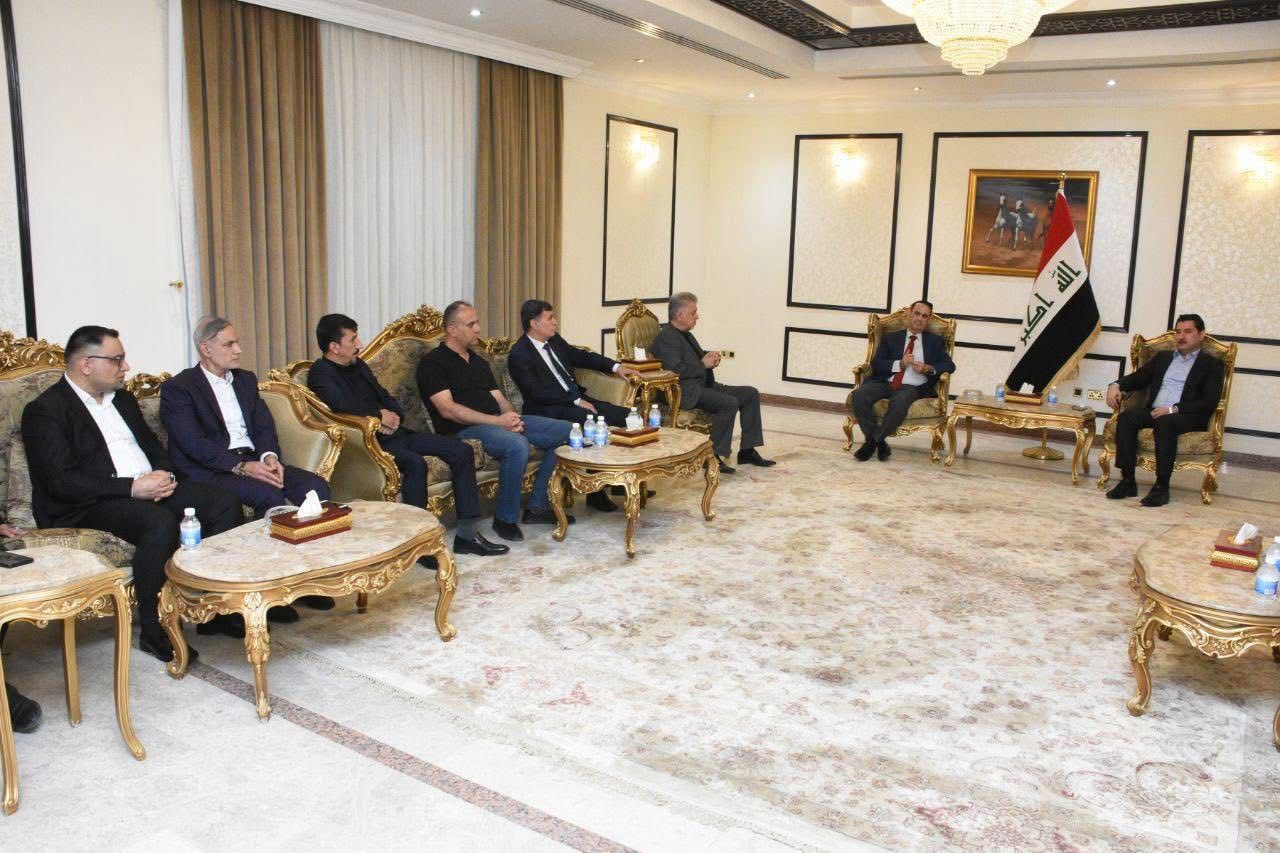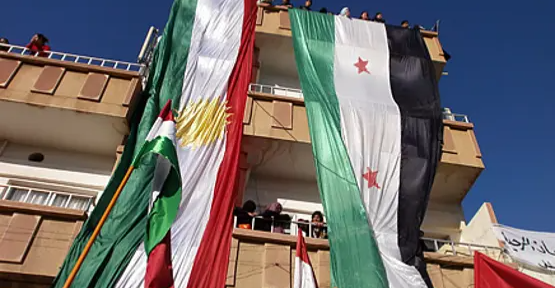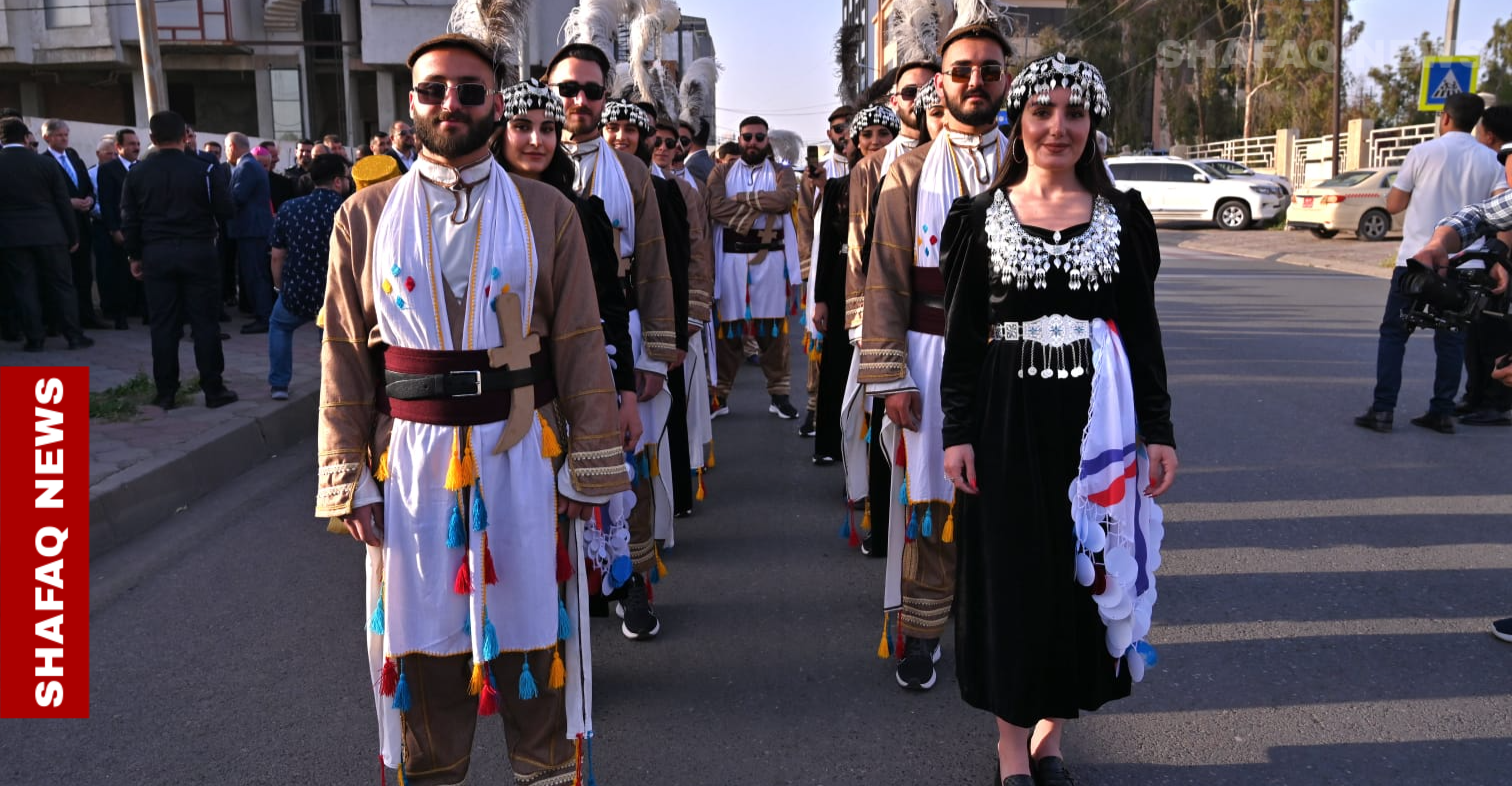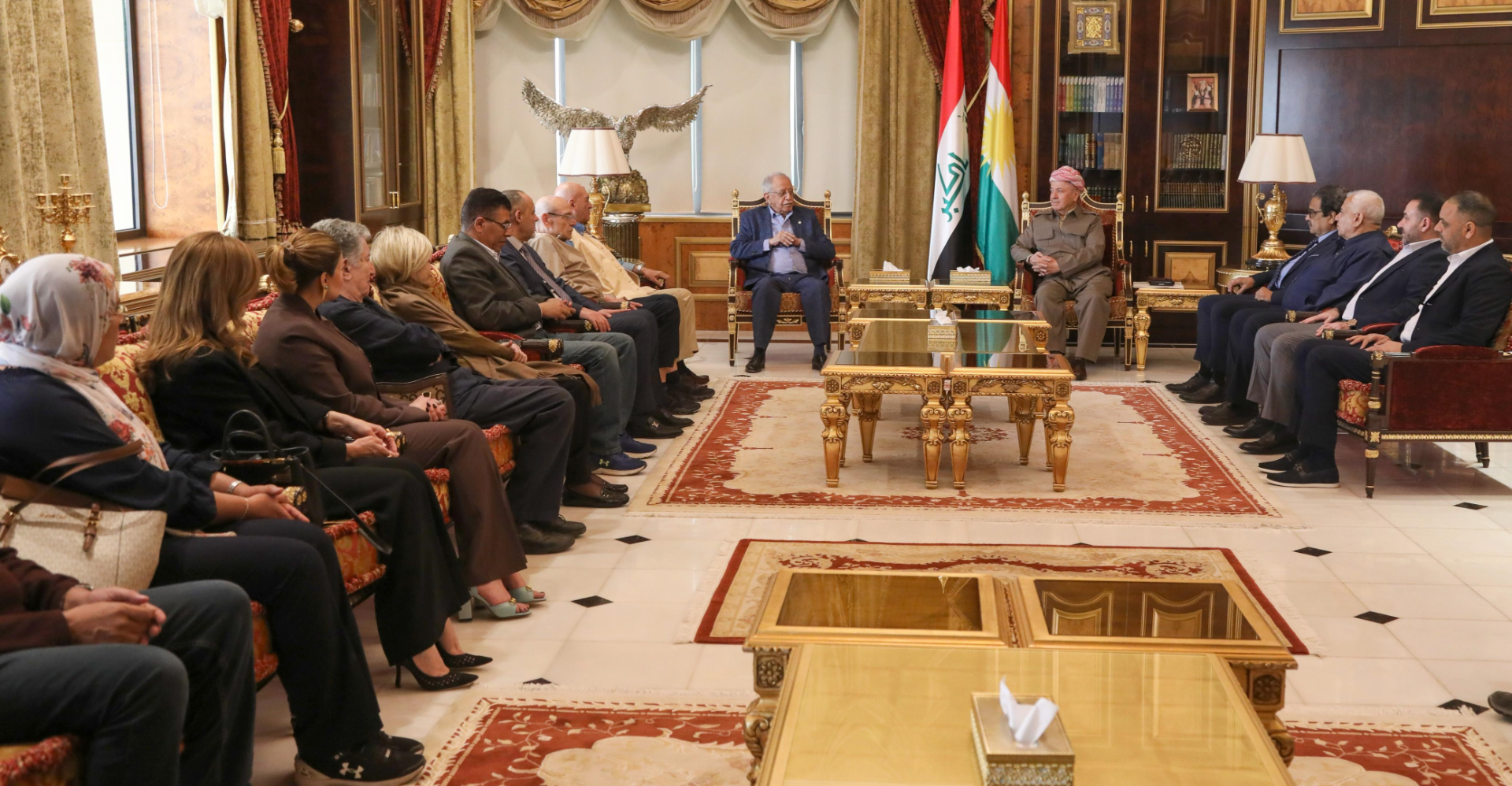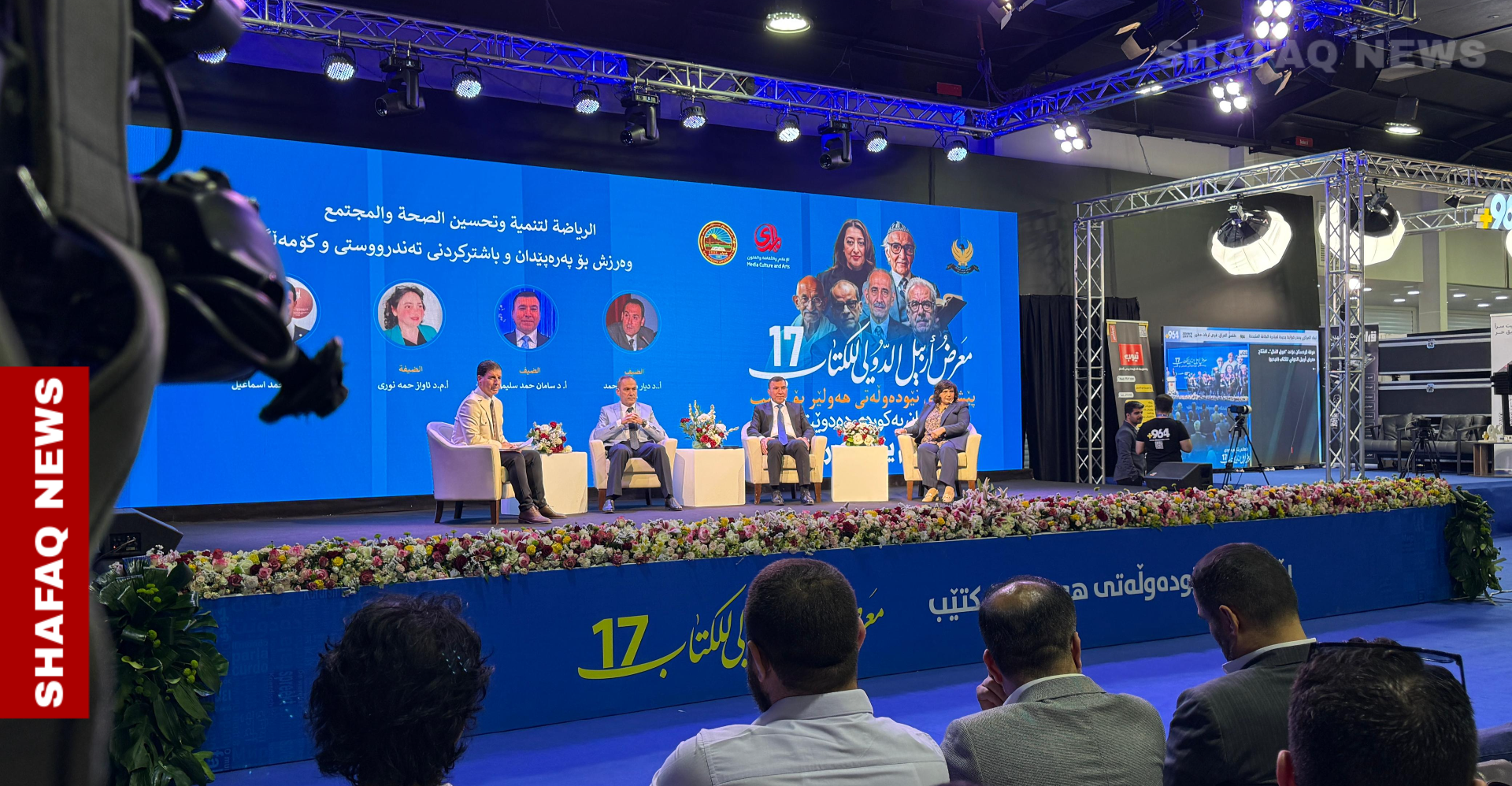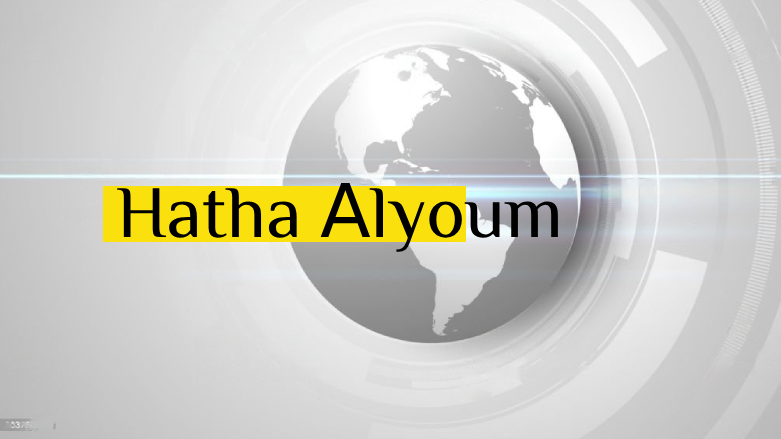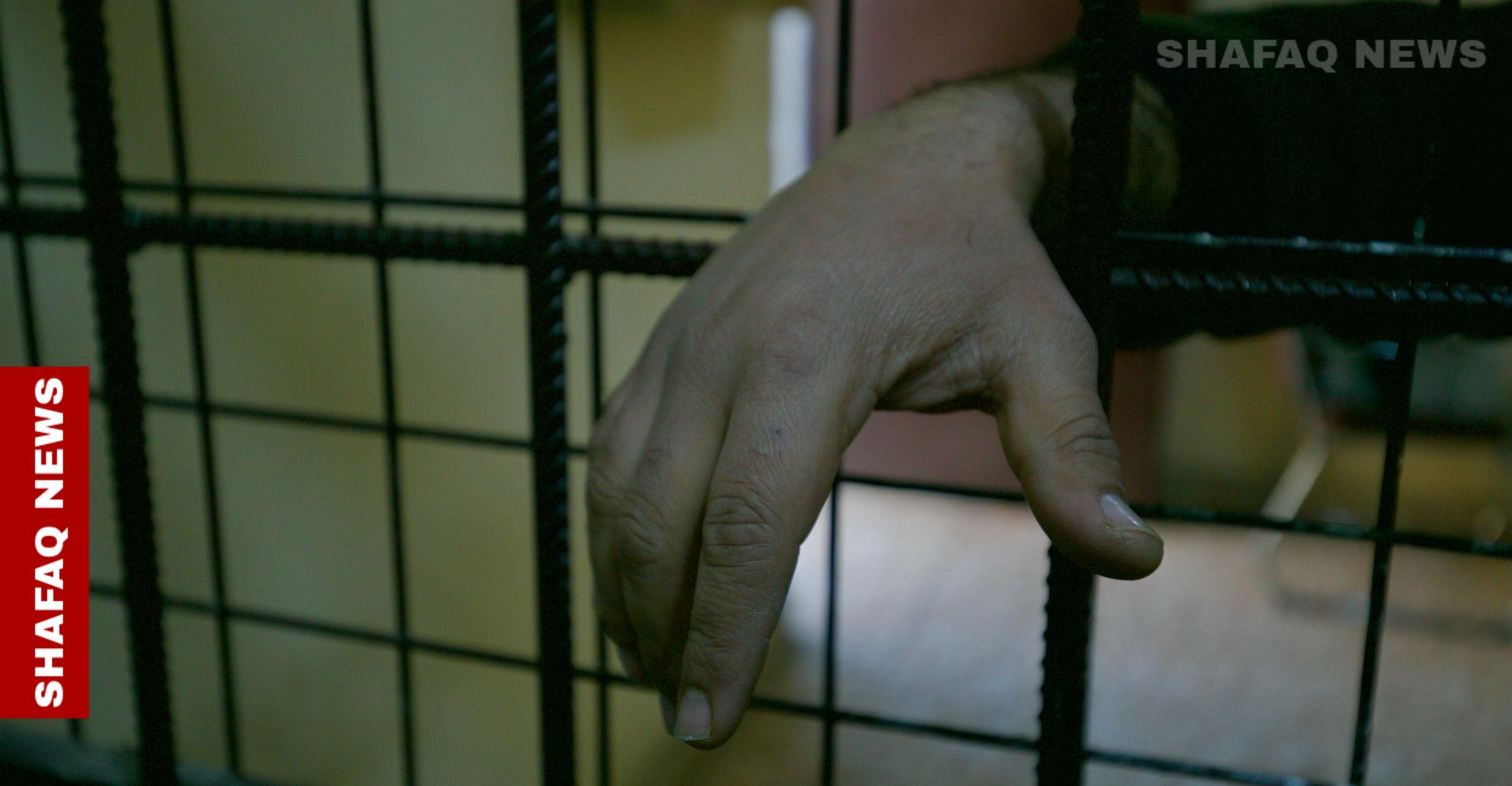Iran Showdown: Israel ready, Escalation signs mount
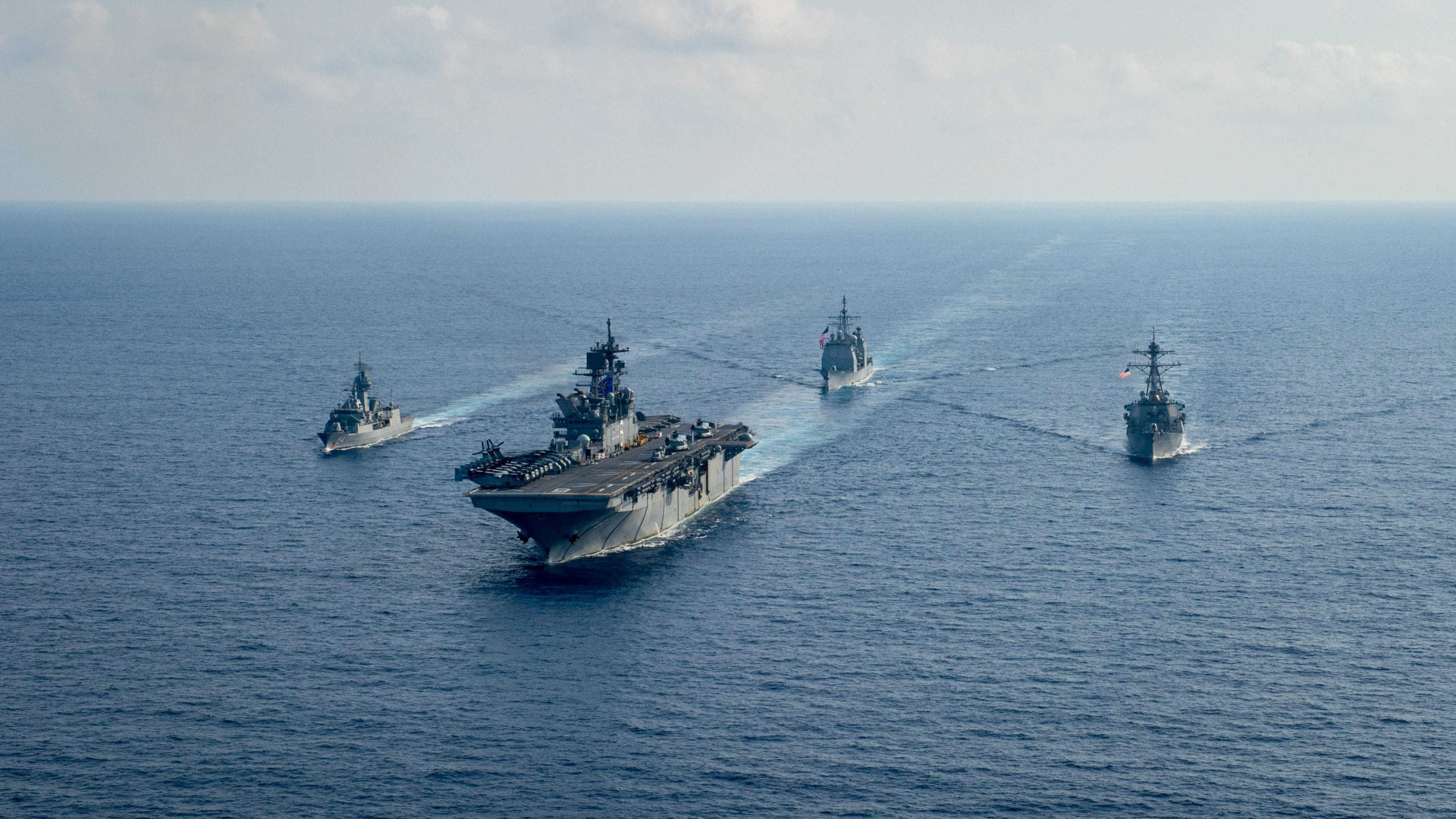
Shafaq News/ The United States and Israel are intensifying preparationsfor a potential military strike against Iran, as diplomatic efforts to curbTehran’s nuclear ambitions teeter on the brink of collapse. This loomingconfrontation, fueled by weeks of escalating tensions, has placed the region onhigh alert, with both sides flexing their military muscle.
In early March, US President Donald Trump issued a stark ultimatum toIran’s Supreme Leader Ayatollah Ali Khamenei, demanding a new nuclear agreementwithin two months. This letter, framed as both an olive branch and a warning,set a hard deadline for Tehran to curtail its nuclear program.
“If they don’t make a deal, there will be bombing,” Trump declared in atelevised interview, “It will be bombing the likes of which they have neverseen before.”
Military Buildup and Strategic Positioning
Since Trump’s warning, US and Israeli forces have engaged in a rapidmilitary buildup. The Pentagon has extended the deployment of the USS Harry S.Truman Carrier Strike Group in the Middle East and deployed the USS Carl VinsonCarrier Strike Group to the region. Fighter jets, including F-35 stealthaircraft, and bomber squadrons have been dispatched, showcasing a formidabledisplay of air power.
Satellite imagery, analyzed by US and Israeli intelligence, reveals thestrategic positioning of at least six B-2 stealth bombers at Diego Garcia, aremote US-UK airbase in the Indian Ocean. These bombers, capable of deliveringGBU-57 “bunker buster” bombs, pose a direct threat to Iran’s heavily fortifiednuclear sites at Natanz and Fordow.
Israel, meanwhile, has bolstered its defenses, receiving substantialmilitary reinforcements from Washington. Tel Aviv has revised its defensestrategy against potential Iranian or Houthi missile strikes, enhancing its airdefense systems and deploying new early-warning sirens capable of soundingalerts up to 10 minutes before impact.
Israel's military capabilities, including its "Iron Dome"system and its advanced air force, are a key component of the region's militarybalance.
Diplomatic Stalemate and Rising Threats
Despite Trump’s overtures, Iran has remained defiant, signalingreluctance to engage in direct talks. Iranian President Masoud Pezeshkianconfirmed Tehran’s openness to indirect negotiations through intermediarieslike Oman but rejected direct discussions with Washington.
Iranian military leaders have issued their own warnings, escalating therhetoric. “If America or Israel bomb Iran under the nuclear pretext, Iran willbe compelled to move toward producing an atomic bomb,” Ali Larijani, a senioradviser to Ayatollah Ali Khamenei, stated.
General Amir Ali Hajizadeh, commander of the Islamic Revolutionary GuardCorps’ aerospace division, highlighted the vulnerability of US forces in theregion, stating, “The Americans have 10 bases in the region, particularlyaround Iran. This means they are sitting in a glass house.”
Israeli media, citing Iranian military sources, reported that Tehran hasplaced its armed forces on high alert and prepared 1,000 hypersonic ballisticmissiles aimed at Israeli and US targets, including Israel's Dimona nuclearfacility. Iran has also demonstrated its growing drone warfare capabilities,posing a significant threat to regional stability.
Regional Escalation and Strategic Calculations
The Iranian nuclear standoff is further complicated by escalatingregional conflicts. US forces have intensified strikes against Iranian-backedHouthis in Yemen, who have renewed attacks on commercial and military vesselsin the Red Sea. US Central Command’s top general, Michael Kurilla, recentlyheld talks in Tel Aviv with Israeli military officials about potentialcoordinated responses to Iranian retaliation.
Although Israeli officials have not confirmed direct participation in anattack on Iran, an Israeli military source told The Sun that the opportunity tostrike Iran’s nuclear program was “long overdue.” “With Donald Trump back inthe White House, now is the optimum moment to deal with Iran,” the source said.
While some US officials stress that Washington does not seek war, othershave adopted a more hawkish stance. National Security Adviser Michael Waltz hasstated that Iran must agree to “full dismantlement” of its uranium enrichmentprogram or face consequences.
However, intelligence assessments suggest Iran has not resumed itsnuclear weapons program. “We continue to assess that Iran is not building anuclear weapon, and Khamenei has not authorized its development,” Director ofNational Intelligence Tulsi Gabbard told lawmakers last week.
Uncertain Path Forward
As the deadline for negotiations looms, analysts warn that the situationremains highly volatile. Trump’s envoy for Middle East negotiations, SteveWitkoff, has insisted that diplomacy remains an option. “There’s no reason forus to do this militarily. We should talk,” he said in an interview.
However, recent official warnings from both sides, coupled with theongoing military buildup and regional escalations, paint a grim picture. In2025, the risk of a full-scale conflict has increased substantially. Thedelicate balance between diplomacy and military action hangs precariously, withthe potential for devastating consequences. The coming weeks will determinewhether the region descends into war or finds a path toward de-escalation.

